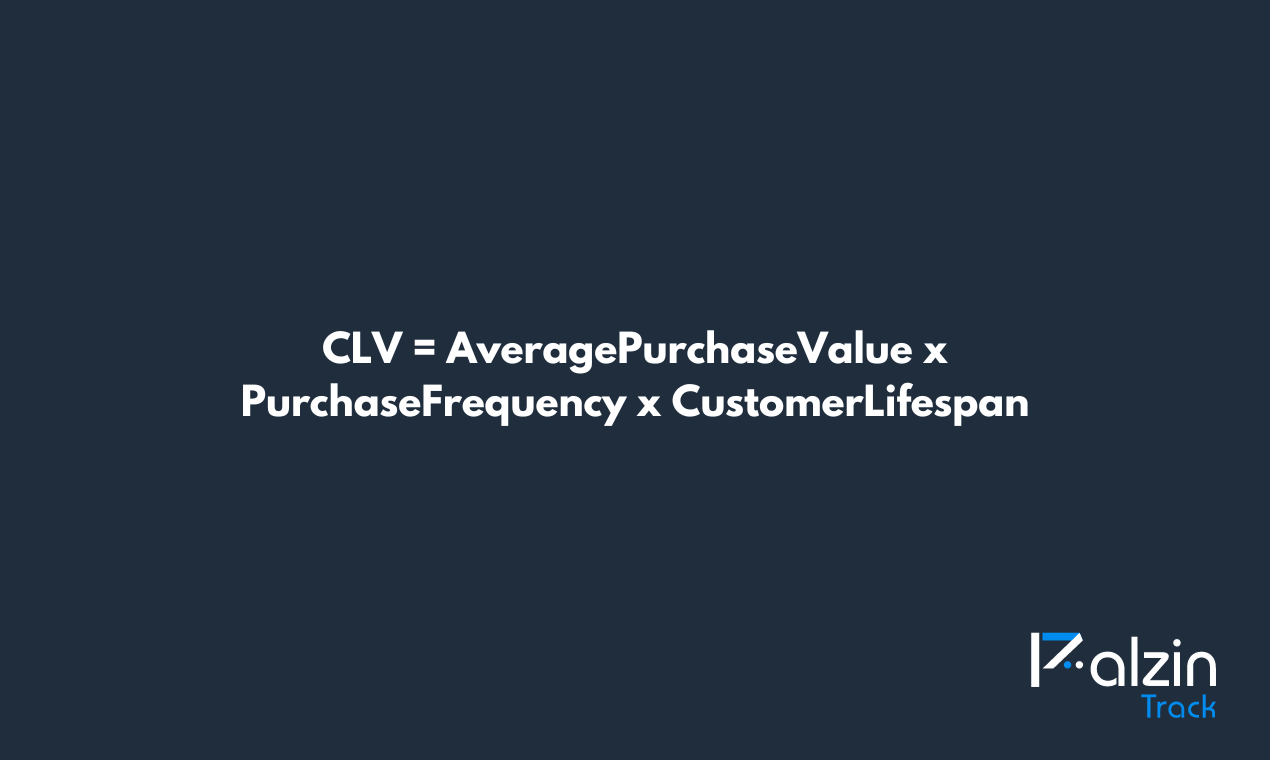
In the intricate world of business metrics, Customer Lifetime Value (CLV) stands tall as a key indicator of a company's long-term success. But what exactly is CLV, and why does it matter? In this article, we'll unravel the concept of Customer Lifetime Value and guide you through the practical steps of calculating it.
Customer Lifetime Value (CLV) is the total predicted revenue a business can expect from a customer throughout their entire relationship. It goes beyond individual transactions, offering a holistic view of a customer's value over time. Calculating CLV is instrumental in making informed decisions regarding marketing strategies, customer retention, and overall business growth.
Strategic Decision-Making: CLV helps businesses allocate resources effectively. By understanding the long-term value of a customer, you can tailor marketing efforts and investments for maximum impact.
Customer Retention: Knowing the value a customer brings over time emphasizes the importance of customer satisfaction and retention. Happy, loyal customers contribute significantly to CLV.
Optimizing Marketing Spend: CLV guides marketing budget allocation. Instead of focusing solely on acquiring new customers, businesses can balance investments to retain existing customers and attract new ones strategically.
Calculate the average value of a customer's purchase. This is the average amount spent per transaction.
Determine how often a customer makes a purchase within a specific time frame. This could be monthly, quarterly, or annually.
Estimate the average number of years a customer continues to make purchases. This can be based on historical data or industry benchmarks.
Use the following formula: [ CLV = Average Purchase Value \times Purchase Frequency \times Customer Lifespan ]
Let's say the average purchase value is $50, the purchase frequency is 2 times per month, and the average customer lifespan is 5 years.
[ CLV = $50 \times 2 \times 5 = $500 ]
Integrating event-driven analytics with tools like Palzin Track can supercharge your CLV calculations. Gain insights into customer journeys, track conversion funnels, and receive instant notifications about crucial events. These features empower you to refine your CLV analysis based on real-time, dynamic customer interactions.
Customer Lifetime Value is more than just a metric; it's a compass guiding businesses toward sustainable growth. By understanding and calculating CLV, you empower your business to make strategic decisions that resonate with your customers, foster loyalty, and pave the way for long-term success. As you embark on this journey of decoding CLV, remember: it's not just about the value of a purchase; it's about the value of a lasting relationship.
Palzin Track reveals the human stories behind your data. Make user-centric decisions that drive growth.